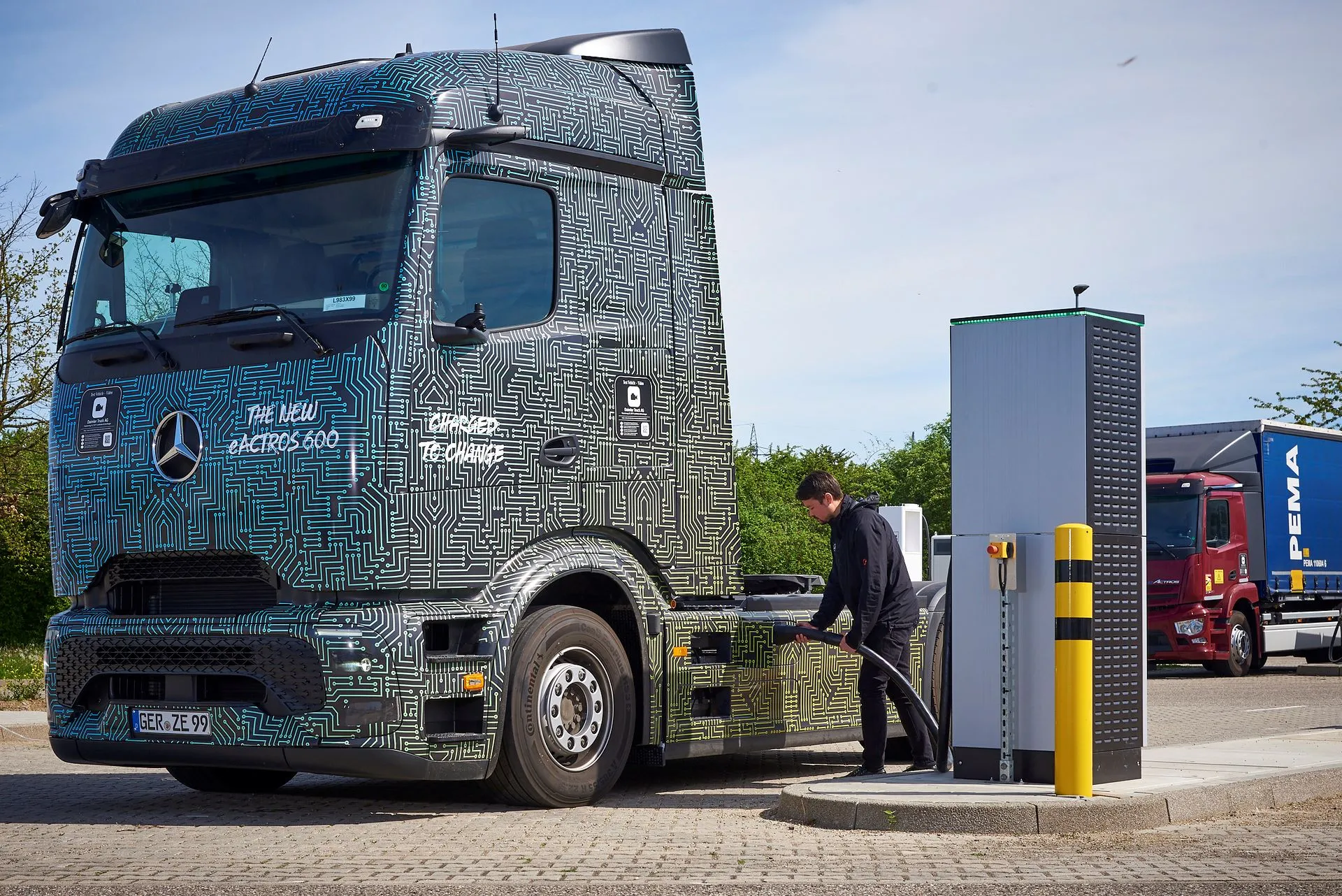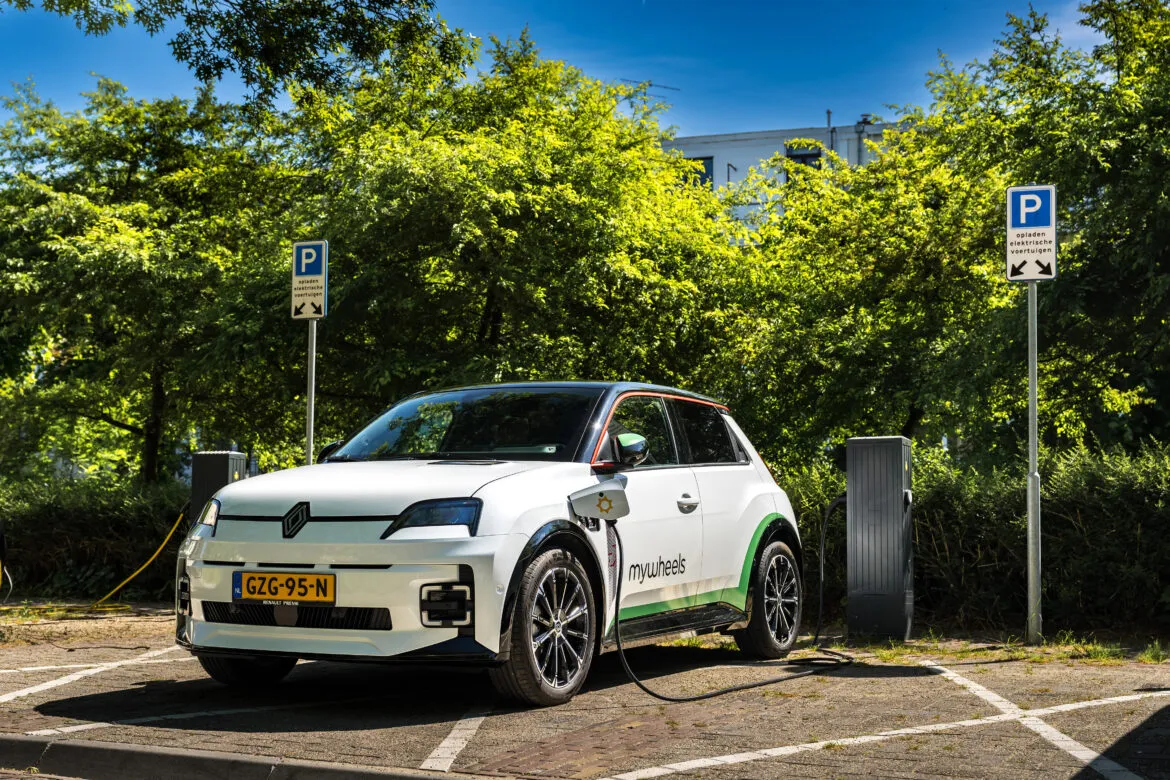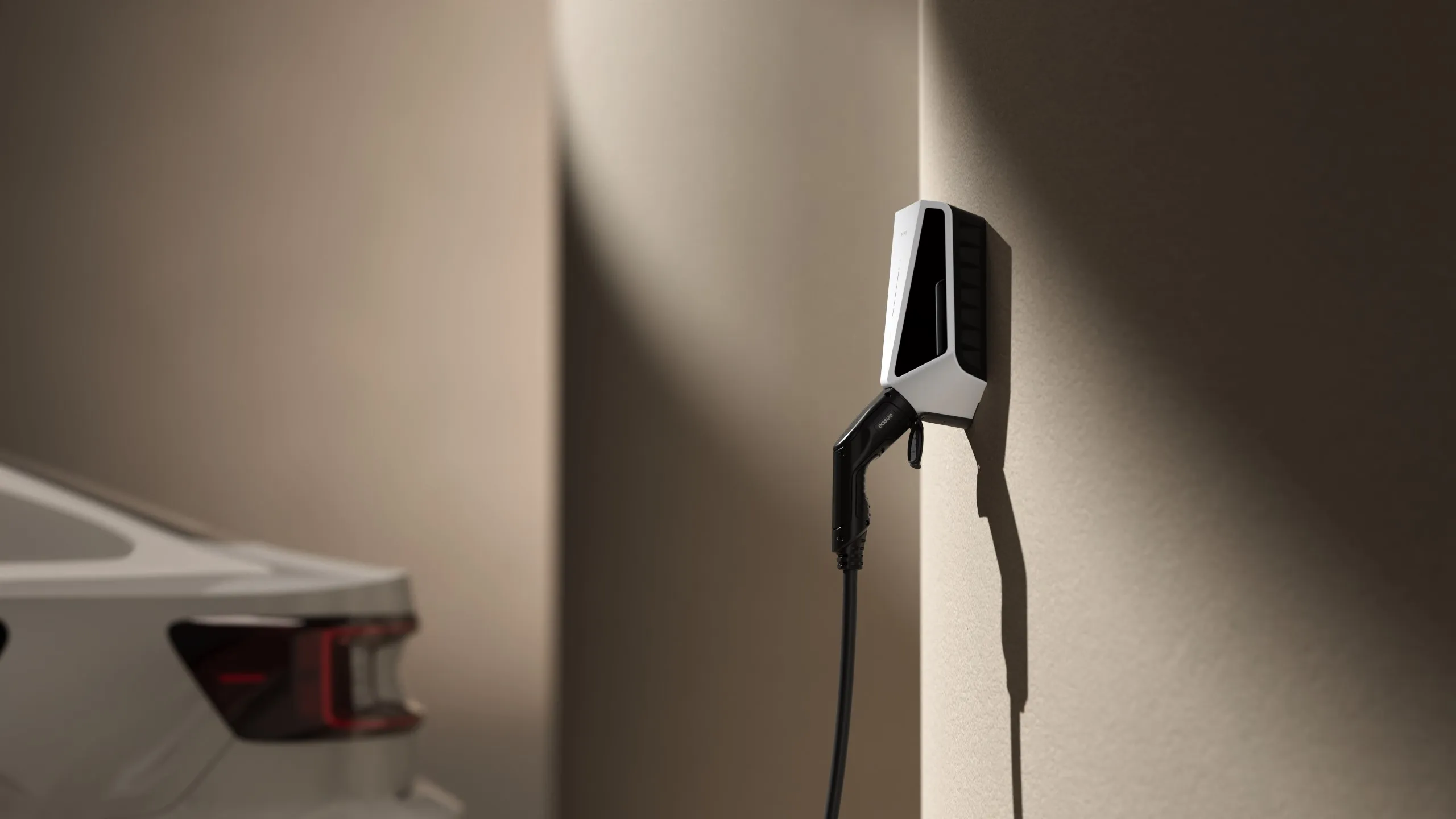
Mercedes-Benz Trucks was thoroughly involved in the development of the new, industry wide MCS charging standard. MCS particularly plays a central role when it comes to public charging along important transport axes.
“The first successful megawatt charging test with our e-truck is an enormous step forward,” said Peter Ziegler, head of e-charging components, Mercedes-Benz Trucks. “Within the industry, a charging capacity of more than 700 kilowatts is already referred to as MCS charging. We, however, understand the importance of our customers being able to charge the eActros 600 at a full 1,000 kilowatts and thus benefit from short charging times with a long range. We are now working at full speed to take the MCS technology in our eActros 600 to series maturity.”
Going forward, the work of development engineers at Mercedes-Benz Trucks involves further trialling of the communications interface between vehicle and charging station, defined as part of MCS standardisation, and ongoing development of prototype components to series maturity. The launch of series production of the eActros 600 is planned for the end of 2024. In addition to CCS charging with up to 400 kW, the eActros 600 will later also enable megawatt charging at a full 1,000 kilowatts once it becomes available. Customers can order a pre-installation for this. MCS technology is to be retrofittable for these models.
The high battery capacity of more than 600 kilowatt hours – hence the model designation 600 – and a new, particularly efficient electric drive axle developed in-house, enable the eActros 600 to achieve a range of 500 kilometres without intermediate charging. This means the e-truck will be able to travel significantly more than 1,000 kilometres per day. This is made possible by intermediate charging during the legally prescribed driver breaks – even without megawatt-charging.
Around 60% of long-distance journeys of Mercedes-Benz Trucks customers in Europe are shorter than 500 kilometres anyway, which means a charging infrastructure at the depot and at the loading and unloading points is sufficient in such cases. For all other uses, continual expansion of public charging infrastructure is vital in order to make the electric truck viable for long-distance haulage across Europe. Megawatt charging has great potential specifically for such demanding application cases.








